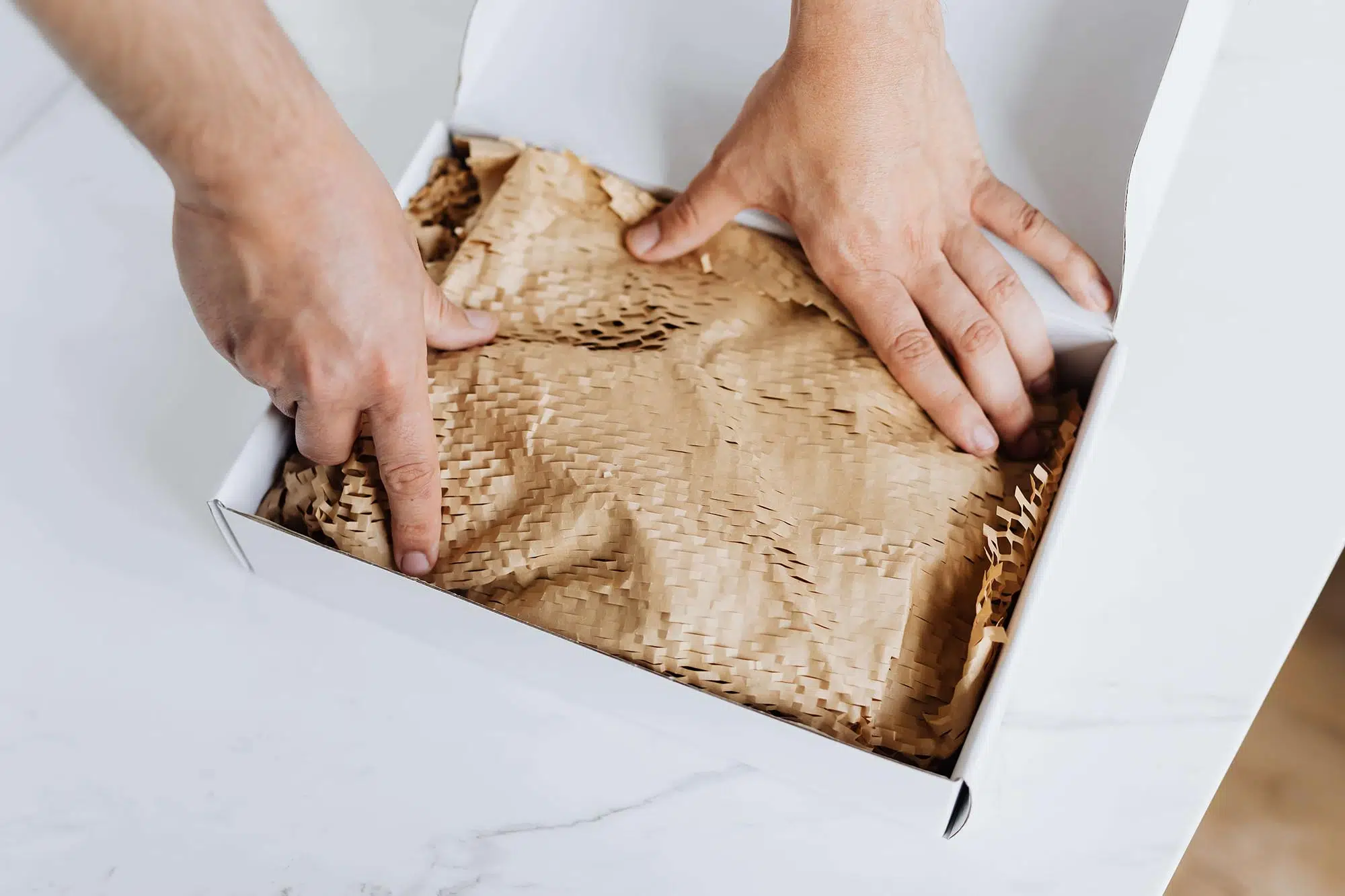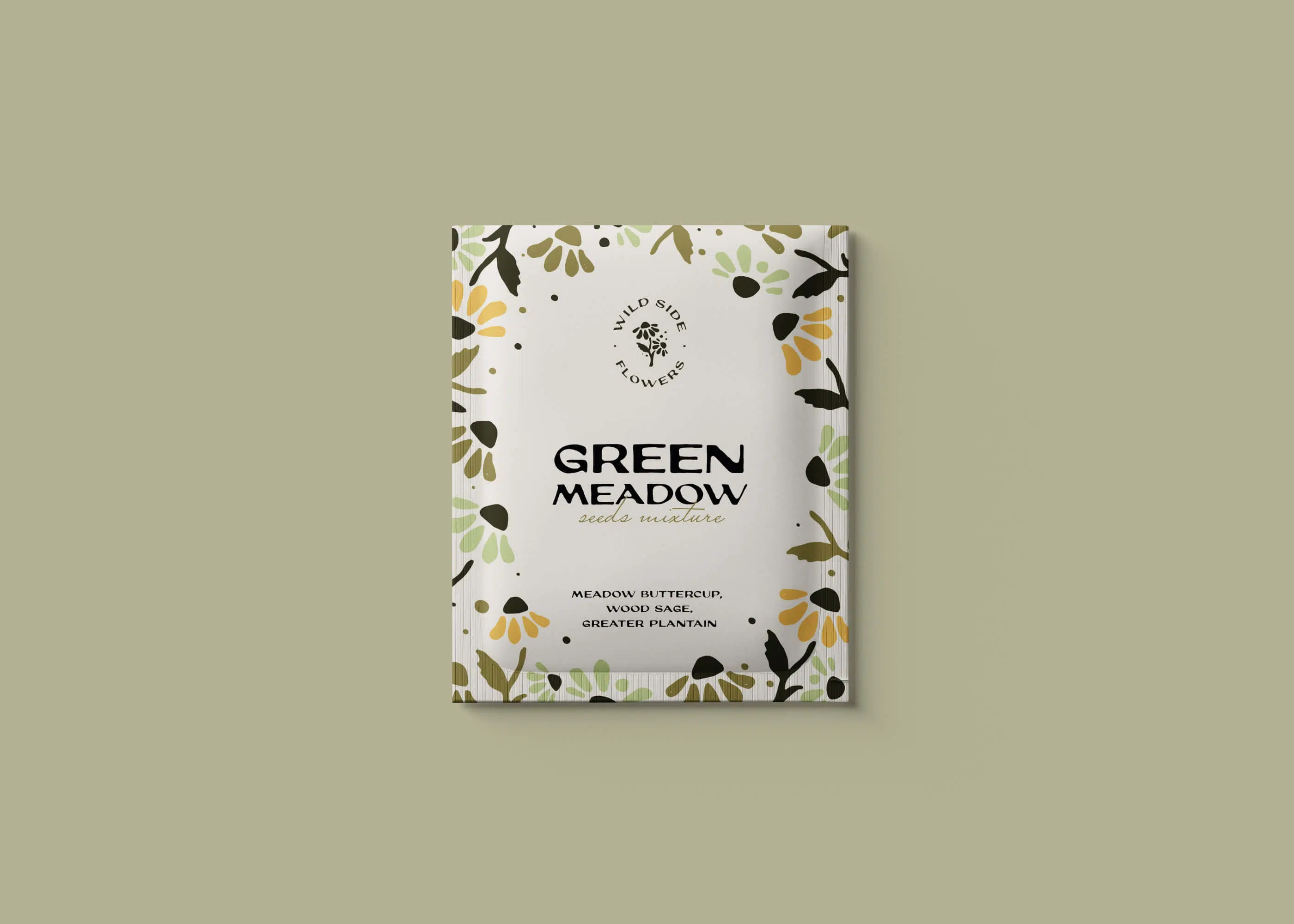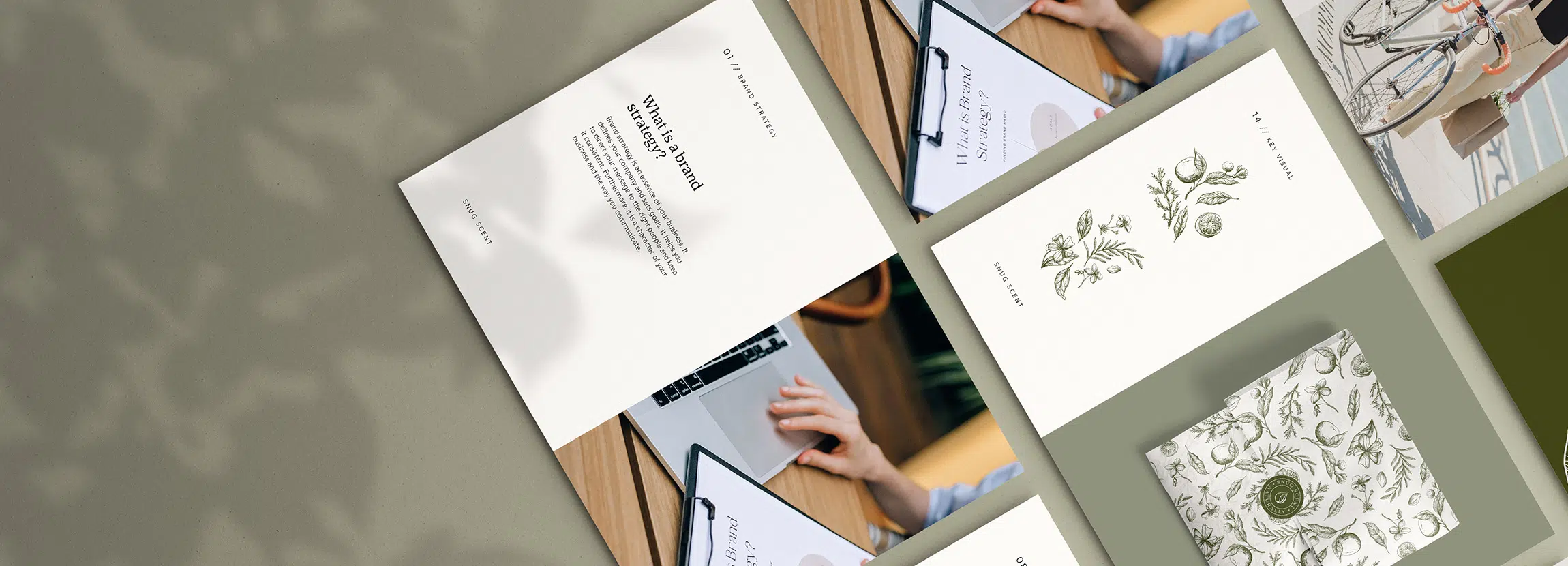How do I make my brand eco-friendly?
If you’re an eco-conscious business owner, you know that the world is changing and more consumers are demanding greener products. But how do you make your brand eco-friendly? That’s a question many businesses face. The fact of the matter is that being environmentally conscious isn’t always easy or affordable. We’ve compiled some tips to help you reduce your impact on the environment without sacrificing profits.
Get clear on your eco-friendly brand
When you’re looking to make your brand more eco-friendly, it’s important to get clear on the problem.
- Identify the problem: You can’t fix what you don’t know is broken. Before you start out on a solution, make sure that you have a good idea of what the concern is and why it’s so essential to solve it.
- Define the issue before starting on a solution: It’s easy for people who are interested in sustainability to get caught up in all kinds of different things—from recycling programs to solar panel installations. These are just pieces of much larger issues that require much more complex solutions than simply changing up how we recycle or buying some solar panels.
- Set goals before you start: The best way to ensure that your brand stays eco-friendly is by setting realistic goals and working towards them every day with intent and passion.
Identify the problem: You can't fix what you don't know is broken.
Create an eco-friendly brand strategy
The first step towards creating an eco-friendly brand strategy is to figure out what your company’s core values are. Core values are the things that set you apart from other companies, and the things that make customers want to buy from you. For example, if your core value is “we care about our employees” then you might offer health benefits and paid maternity leave to help keep them happy and healthy at work. Once you have decided on your core values, it’s time to think about how they can be translated into a message for consumers or potential investors.
Here is an example: “We believe in sustainable operations.” This message tells people that this company is committed to reducing its impact on the environment while increasing profits through innovative solutions like green energy solutions or recycling programs (for which they will charge customers extra money).
Communicate your eco-friendly positioning to customers
- Promote your brand as eco-friendly.
- Use social media to get the word out.
- Make sure you are using eco-friendly packaging.
- Use sustainable and ethical ingredients or materials when possible.
- Offer eco-friendly gifts, like reusable bags and long-lasting products.
Use recycled and recyclable materials
Recycled materials are especially good for your brand, because they’re sustainable and eco-friendly. You can find out which materials are recycled by checking the packaging or product information. If you don’t see any indication of recycling, it may be worth looking into what happens to those materials after they’re thrown away.
If possible, make sure your packaging is recyclable so that more people will reuse it instead of throwing it away. In many places around the world—including Europe—there are laws requiring companies to use recyclable materials in their packaging (so look into this if you do business there).
Use sustainable packaging materials
You can also consider using sustainable packaging materials, such as:
- Recycled paper. If you choose to use single-use or plastic bags, they should be 100% post-consumer recycled (PCR) and ASTM D6868-certified. Be sure that the bags are not treated with chemicals that may contaminate food or drinks.
- Recycled plastic. Plastic containers, bottles, and cutlery made from 100% PCR are a great way to reduce your environmental impact while still providing convenience for customers who don’t want to carry around their own reusable containers all day! They’re usually available in many sizes, so you can use them for anything from small items like napkins or straws all the way up through large products like milk jugs! Just make sure they’re BPA-free if you plan on storing liquids inside them, too!
- Recycled glass jars/bottles instead of plastic ones (if applicable). Glass is very durable compared to other materials out there, but unfortunately it doesn’t always biodegrade quickly enough for certain types of businesses where space isn’t an issue (like restaurants). Plastic can sometimes break down faster than glass does, which would make this option more worthwhile if speed matters more than cost savings. Read more about this topic.
Reduce the impact of your transport methods
When it comes to shipping and packaging, there are a few things you can do to reduce the impact of your transport methods.
- Use a company that ships with low carbon emissions. This can be achieved by using an electric vehicle or one that runs on biofuels.
- Use a company that uses renewable energy. Be sure to ask the shipper about their energy sources and make sure they use renewable sources such as solar or wind power where possible.
- Use a company that recycles waste in its own operations (e.g., paper, cardboard, etc.) and/or has strong recycling programs available for customers who want them (e.g., glass jars). Ask if they have any plans to increase their use of recycled materials over time! If not already happening yet, then ask them why not?

Use sustainable and ethical ingredients or materials
Sourcing sustainable and ethical ingredients or materials is one of the best ways to keep your brand eco-friendly. If you’re looking for help with this, we recommend that you talk with an expert about the best options for your business. An expert can help you find sustainable packaging materials that are also ethical, which can make a big difference in terms of how people perceive your brand.
You might have to restructure your entire supply chain
If you want to be an eco-friendly brand, the first thing you’ll need to do is make some changes in your supply chain. Your supply chain is the series of activities that are required to produce a product or service—it includes all the processes involved in producing, distributing and selling a product or service.
If you’re already selling products made from sustainable materials like bamboo or recycled plastic bottles, but they’re still shipped by plane or truck (or shipped overseas), then your entire supply chain needs to be looked at again. It’s not enough just to switch out one part of your process for another; you have to take into account every step along the way so that everything fits together seamlessly as one cohesive system, rather than disparate parts working independently of each other.
Offer eco-friendly gifts, like reusable bags and long-lasting products.
- Offer eco-friendly gifts, like reusable bags and long-lasting products.
- If you’re selling to consumers or offering freebies, offer them with a message about their environment impact.
If you want your brand to stand out in the minds of consumers as eco-friendly and sustainable, then remember these simple tips: always tell people about your green status; offer eco-friendly gifts; and don’t be afraid to call attention to small acts of sustainability—like switching from plastic straws to paper ones—as big wins for the planet!

Do a full assessment of the impact your business has on the environment.
- Understand your impact.
- Get a carbon footprint.
- Find out what your customers want and make sure you’re not using more resources than you need to or using more energy than you need to.
Conclusion
In the end, being eco-friendly is about more than just feeling good about your brand. It’s about showing consumers that you care about the world and want to be a part of the solution. If you can do that in a way that resonates with your audience, then chances are they will follow your lead!



